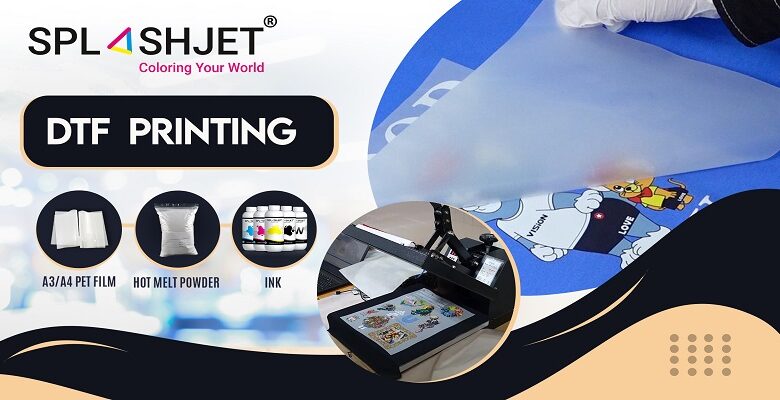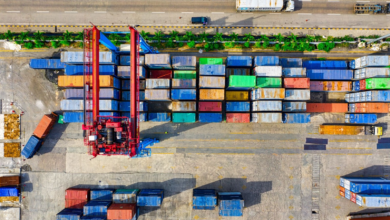Direct to Film (DTF) Printing – The Only Guide You’ll Need

In the ever-evolving landscape of printing technologies, Direct to Film (DTF) Printing has emerged as a revolutionary method with significant advantages. This informative article delves into the intricacies of DTF Printing, exploring its processes, benefits, and applications in the modern printing industry.
Understanding Direct to Film Printing
Direct to Film Printing is a cutting-edge technique that involves the direct transfer of ink from the print head onto a film substrate. Unlike traditional printing methods, such as screen printing, DTF eliminates the need for additional steps like screen preparation and emulsion coating. This process streamlining not only saves time but also reduces material costs, making DTF a cost-effective choice for various printing applications.
The DTF Printing Process
The DTF Printing process begins with creating a digital design, much like other modern printing methods. However, instead of transferring the design directly onto the substrate, it is first printed onto a special film using a DTF printer. This film serves as the intermediary carrier for the design, allowing for precise and high-resolution printing.
Once the design is on the film, it is carefully placed onto the target substrate, whether it be fabric, paper, or another material. The substrate and film are then subjected to heat, causing the ink on the film to transfer directly onto the substrate. The result is a vibrant and detailed print that faithfully reproduces the original digital design.
Advantages of DTF Printing
- Versatility: DTF Printing is remarkably versatile, accommodating various materials and surfaces. Whether it’s textiles, ceramics, or wood, DTF can achieve exceptional results on a wide range of substrates.
- Cost-Effectiveness: With fewer preparatory steps and lower material costs, DTF Printing offers a cost-effective solution for both small-scale and large-scale printing operations.
- High Resolution: The Direct to Film Transfers of ink from the film to the substrate ensures a high level of detail and resolution in the final print. This makes DTF an ideal choice for intricate designs and complex patterns.
- Quick Turnaround: The streamlined process of DTF Printing translates to quicker turnaround times, meeting the demands of fast-paced industries and tight deadlines.
Applications of DTF Printing
- Apparel Industry: DTF Printing has found widespread use in the apparel industry for creating custom designs on clothing. Its ability to produce high-quality prints on fabrics has made it a preferred choice for personalized and on-demand garment printing.
- Promotional Products: From mugs to phone cases, DTF Printing can be applied to a variety of promotional products. Its versatility allows businesses to create branded merchandise with ease.
- Art and Design: Artists and designers appreciate the fine detail and vibrant colors achievable with DTF Printing. It has become a go-to method for reproducing digital artwork on various surfaces.
Challenges and Considerations
While DTF Printing offers numerous advantages, it’s essential to be aware of potential challenges. Adhesion issues on certain substrates and the need for precise temperature control during the heat transfer process are factors that printers must carefully manage to achieve optimal results.
Conclusion
In conclusion, Direct to Film (DTF) Printing stands at the forefront of modern printing technologies, offering a streamlined and cost-effective solution for a diverse range of applications. Its versatility, high resolution, and quick turnaround times make it a valuable asset in industries ranging from apparel to promotional products. As technology continues to advance, DTF Printing is likely to play an increasingly prominent role in the world of printing, shaping the way we bring digital designs to life on various surfaces.



